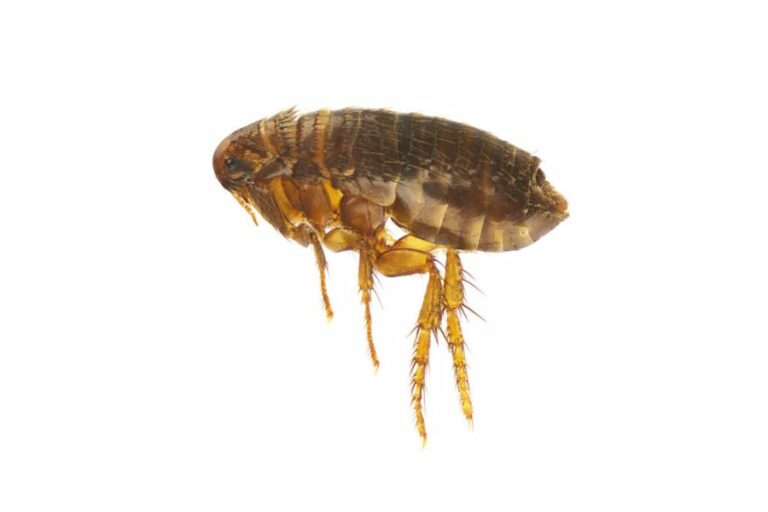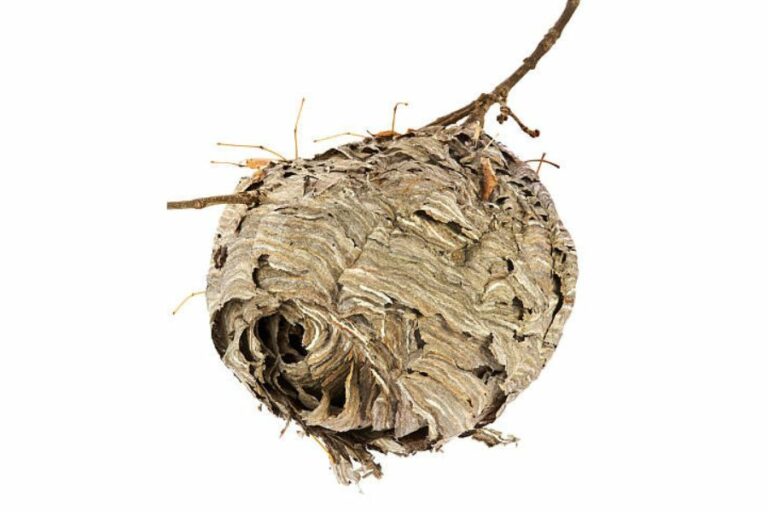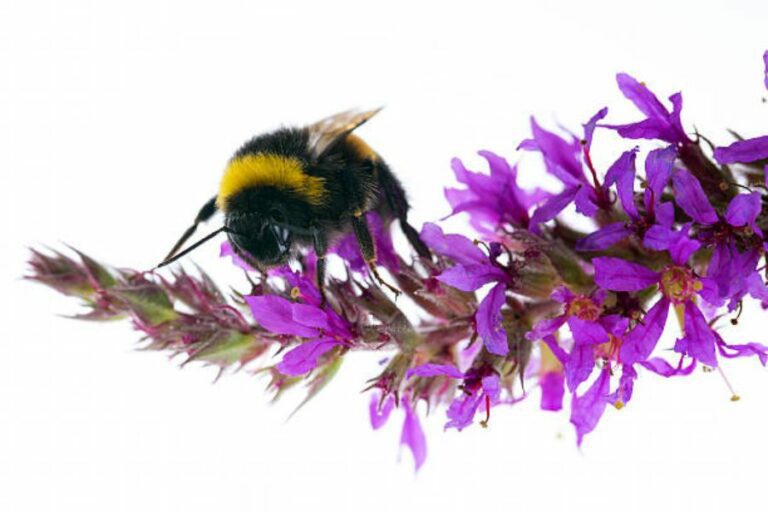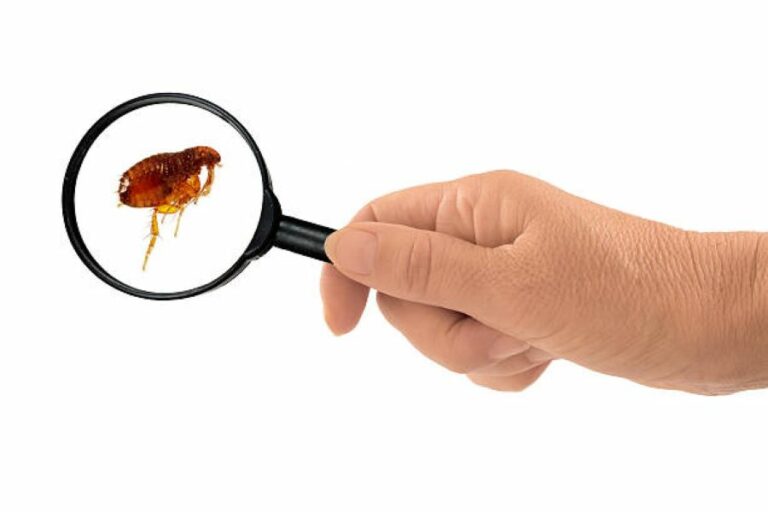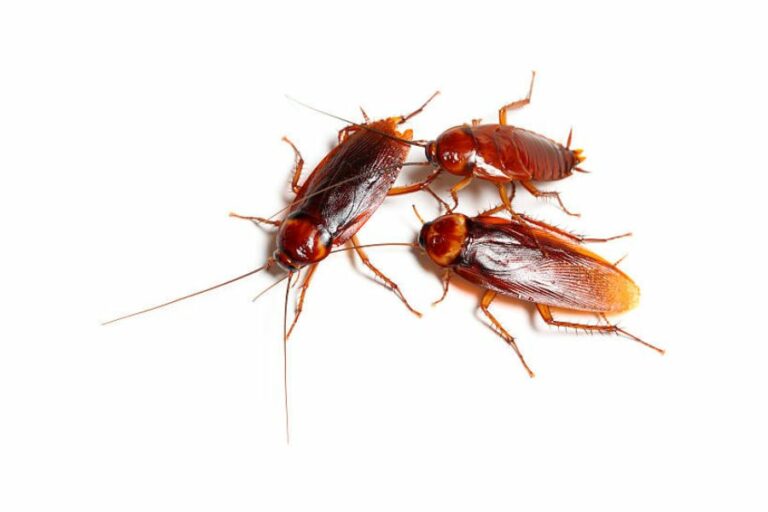Life Cycle of a Wasp Nest
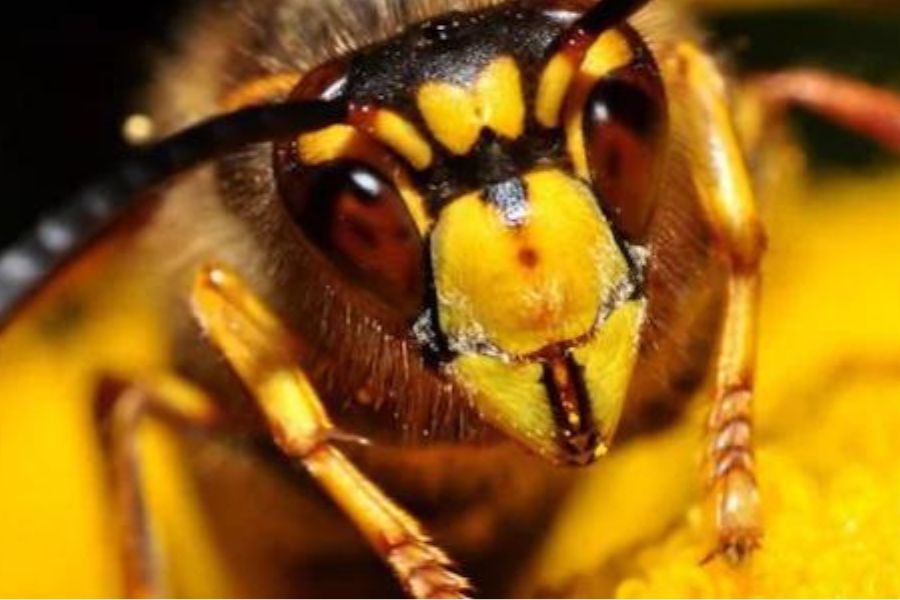
Wasps: The life cycle of a wasp nest: From construction to abandonment.
Wasp nests are an incredible feat of nature, built with meticulous precision and care by some of the world’s most misunderstood insects. However, while many of us may know what a wasp nest looks like, few of us truly understand the complex life cycle of these structures. From the moment they’re built to the day they’re abandoned, wasp nests undergo a fascinating transformation, and in this blog, we’ll take you on a journey through the secret world of a wasp nest. So buckle up and get ready to discover the ins and outs of these buzzing constructions, and gain a newfound appreciation for the natural world.
What materials do wasps use to build their nests, and how do they gather them?
Wasps, known for their remarkable nest-building abilities, employ a combination of wood fibres and saliva to construct their nests. To gather these materials, wasps actively search for sources of decaying wood, such as old logs or tree stumps. They scrape and chew the wood using their mandibles, breaking it down into small fragments or fibres. These wood fibres are mixed with saliva, acting as a natural adhesive. The wasps create intricate cells and chambers within their nests by moulding and shaping the resulting papery substance. The cooperative effort among the wasps ensures the successful completion of the nest and the survival of their colony. This process exemplifies the resourcefulness and organisational skills exhibited by these industrious insects.
How long does it take for a wasp nest to be built, and how many wasps typically contribute to the construction process?
The duration required for a wasp nest to be built can vary depending on various factors, including the species of wasp, environmental conditions, and available resources. Generally, a wasp nest takes several days to a few weeks to be constructed.
The construction process typically involves a collective effort of numerous wasps within a colony. The number of wasps involved in nest construction also depends on the colony’s species and size. Smaller species may have a few dozen workers contributing to the construction, while larger species with more extensive colonies can involve hundreds or thousands of individuals.
Wasps exhibit remarkable coordination and division of labour during nest construction. Some wasps gather materials, such as wood fibres and saliva, while others shape and construct the nest. This collaborative approach allows for efficient construction and ensures the successful completion of the nest within the estimated time frame.
What is the function of a wasp nest, and how do wasps use it throughout their life cycle?
A wasp nest serves as a central hub for a colony, providing shelter, protection, and support throughout the wasp’s life cycle. It serves as a nursery for eggs, a feeding station for larvae, and a safe environment for pupae to transform into adults. The nest also facilitates communication, social interactions, and coordination among the colony members. In summary, the nest is essential for the wasp colony’s survival, growth, and reproductive success.
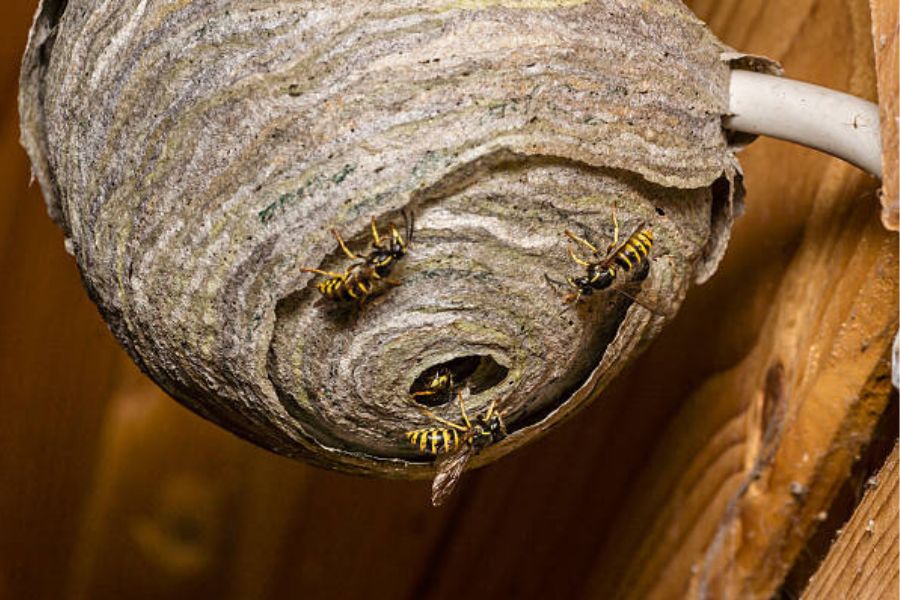
What triggers the abandonment of a wasp nest, and what happens to the wasps that inhabited it?
Several factors can trigger the abandonment of a wasp nest, the most common being the end of the wasp colony’s life cycle or adverse environmental conditions. Once the wasps have completed their life cycle or the nest becomes uninhabitable, it is typically abandoned.
At the end of the wasp colony’s life cycle, the reproductive individuals, including the queen and male wasps, may leave the nest to mate and establish new colonies elsewhere. This departure marks the natural conclusion of the nest’s usage.
Adverse environmental conditions, such as extreme temperatures, flooding, or disturbances caused by humans or other animals, can also lead to nest abandonment. In such cases, the wasps may vacate the nest to seek safer and more suitable locations.
When a nest is abandoned, the wasps that inhabited it disperse and go their separate ways. The worker wasps, which are sterile females, may die shortly after the nest is abandoned due to the absence of the colony’s resources and support structure. However, the reproductive individuals have a chance to survive and potentially establish new colonies, continuing the life cycle of the wasps.
It’s worth noting that different wasp species may exhibit variations in nest abandonment behaviours and the fate of the individual wasps after abandonment. Some species may reuse or rebuild nests in subsequent seasons, while others start afresh with new ones. The specifics depend on the species and their ecological adaptations.
What are the ecological benefits of having wasps in our environment, and how do their nests contribute to the ecosystem?
Wasps play a significant role in our environment and offer several ecological benefits. Although they are often misunderstood and seen as pests, they contribute to the ecosystem. Here are some of the environmental benefits of having wasps:
- Pest control: Wasps are voracious predators and help control populations of other insects, including agricultural pests and nuisance insects such as flies, caterpillars, and aphids. They serve as natural biological control agents, helping to maintain balance within ecosystems and reducing the need for chemical pesticides.
- Pollination: While wasps are not significant pollinators like bees, they contribute to pollination to some extent. Certain wasp species, such as fig wasps, have specialised relationships with specific plant species, aiding in their pollination and reproduction.
- Decomposition: Certain wasp species, particularly those in the family Vespidae, are scavengers and feed on carrion and dead insects. They play a vital role in decomposition processes, helping break down organic matter and recycle nutrients into the ecosystem.
- Biodiversity support: Wasps are an integral part of the natural food web, serving as a food source for various predators, including birds, reptiles, and other insects. Their presence contributes to the overall biodiversity and ecological balance of ecosystems.
Regarding their nests, they also have ecological significance:
- Habitat creation: Wasp nests provide shelter and nesting sites for various organisms. Small insects, spiders, and other solitary wasp species may utilise abandoned wasp nests as suitable habitats.
- Nest materials as resources: The construction materials used by wasps, such as wood fibres, are sourced from their environment. By collecting these materials, wasps contribute to the natural recycling of plant matter and the redistribution of nutrients.
- Microhabitat formation: Wasp nests, particularly larger and long-abandoned ones, can form unique microhabitats. These structures create small cavities and niches that offer shelter and protection for various organisms, including small invertebrates and cavity-nesting bird species.
- Educational value: Wasp nests provide opportunities for scientific study and educational purposes. Researchers and students can study their architecture, behaviour, and life cycles, advancing our understanding of these fascinating creatures.
It is important to note that while wasps provide ecological benefits, caution should be exercised around active nests to minimise the risk of stings. Understanding their environmental importance can foster a better appreciation for their role in maintaining healthy ecosystems.
What are some common myths about wasp nests, and how do they differ from reality?
Several myths surround wasp nests, often leading to misconceptions and unnecessary fear. Differentiating these myths from reality helps promote a better understanding of wasp behaviour. Here are some prevalent myths and the corresponding reality:
- Myth 1: Wasps are aggressive and will sting unprovoked. Reality: Wasps are generally defensive rather than aggressive. They sting primarily when they perceive a threat to their nest or themselves. If left undisturbed, most wasp species are unlikely to sting humans.
- Myth 2: Wasp nests are permanent and continuously growing. Reality: Wasp nests are typically temporary structures used for a single season. After the wasp colony’s life cycle is complete, the nest is abandoned and not reused in subsequent years. New colonies construct new nests in the following seasons.
- Myth 3: All wasps build large, visible nests. Reality: While some wasp species construct large, exposed nests, many create smaller ones hidden in crevices, underground, or within structures. These concealed nests can be challenging to detect and should be noticed.
- Myth 4: Wasps are harmful and have no ecological value. Reality: Wasps play critical ecological roles. They contribute to pest control by preying on insects, helping with pollination to some extent, and aiding in nutrient recycling through their scavenging behaviour. They are valuable members of ecosystems.
- Myth 5: Wasps will chase you for long distances. Reality: Wasps do not typically chase humans for long distances. If a wasp feels threatened or perceives danger, it may fly in the vicinity, but it is unlikely to pursue an individual beyond a short reach from its nest.
- Myth 6: All wasp stings are dangerous. Reality: While wasp stings can be painful, they pose no significant health risks for most individuals. Severe allergic reactions are rare, affecting only a tiny percentage of the population.
It is vital to approach wasps with caution and respect, but it is also crucial to separate facts from myths. Understanding their behaviour, lifecycle, and ecological significance helps foster a more accurate perception of these insects and promotes coexistence in our environment.
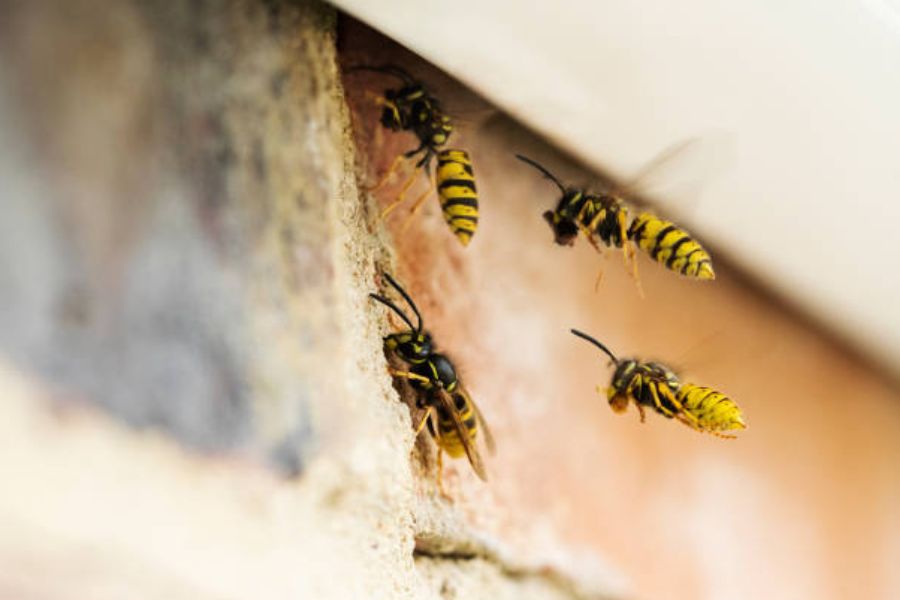
How can homeowners safely and responsibly deal with a wasp nest on their property, and what are the risks of DIY removal?
Dealing with a wasp nest on your property requires caution and proper handling to ensure safety and minimise risks. Here are some guidelines for safely and responsibly addressing a wasp nest, along with an overview of the risks associated with DIY removal:
- Assess the situation: First, determine the size, location, and proximity of the nest to high-traffic areas. If the nest is small, far from human activity, and not causing immediate concerns, it may be best to leave it alone, as wasps play beneficial roles in the environment.
- Seek professional assistance: If the nest directly threatens human safety, especially if someone in your household is allergic to wasp stings, it is advisable to seek professional help. Pest control experts or experienced professionals can safely remove the nest, minimising the risk of stings and ensuring effective removal.
- Do not provoke or disturb the nest: It is crucial to avoid provoking or disturbing the wasps, as this can increase the likelihood of stings. Only attempt to knock down or destroy the nest with proper knowledge and protective measures.
- Wear protective clothing: If you remove the nest, wear appropriate protective clothing, including long sleeves, pants, gloves, and a veil or hat to shield your face. This reduces the risk of stings.
- Please choose the right time: Plan the nest removal during cooler periods, such as the early morning or late evening, when wasps are less active, and their numbers within the nest are reduced.
- Use caution with DIY methods: DIY methods, such as using wasp sprays or insecticides, carry risks. If not used properly, they can agitate the wasps and potentially cause them to become more aggressive. Additionally, improperly applied chemicals can harm human health and the environment.
The risks of DIY nest removal include the following:
- Increased risk of stings: Without proper knowledge, equipment, and protective clothing, the chances of being stung during DIY removal are higher.
- Aggravating the wasps: Incorrect removal attempts can agitate them, making them more aggressive and potentially increasing the risk of stings.
- Incomplete removal: Improper removal techniques may leave parts of the nest behind, which can attract new wasp colonies or lead to re-infestation.
- Personal safety hazards: Mishandling of tools, falls from heights, or other accidents may occur during DIY nest removal, potentially causing injuries.
Remember, the safest approach is to consult professionals trained in wasp nest removal. They have the knowledge, experience, and proper protective gear to handle the situation safely and effectively.
What are some interesting facts about wasp nests that many people may not know?
Certainly! Here are some interesting facts about wasp nests that might surprise you:
- Architectural wonders: Wasp nests are intricate architectural marvels. They are constructed with precision, often featuring hexagonal cells arranged in a honeycomb-like structure. The cells are meticulously crafted and serve various purposes, such as housing eggs, larvae, and pupae.
- Chewed paper construction: Wasps use chewed wood fibres mixed with saliva to create their nests. The wood fibres, often collected from weathered logs or fences, are softened by saliva, allowing the wasps to mould and shape the material into the desired structure.
- Natural climate control: Wasp nests demonstrate biological climate control mechanisms. The distinctive shape and structure of the nest help regulate temperature and humidity inside. The outer layers act as insulation, while the inner layers maintain optimal conditions for developing larvae and pupae.
- Size variations: Wasp nest sizes can vary significantly across different species. Some species construct small nests housing just a few individuals, while others create large nests that accommodate hundreds or thousands of wasps.
- Hidden nests: Not all wasp nests are visible or easily detected. Some species build underground nests in hollow trees or wall voids. These concealed nests can be challenging and may only be noticed once their presence becomes apparent through wasp activity.
- Multiple layers: Some wasp species, like paper wasps, construct multi-layered nests. Each new layer is built beneath the existing one, creating a stack-like structure with separate tiers.
- Reuse of abandoned nests: Some species of wasps, particularly social wasps like yellow jackets, may reuse old, abandoned nests as a foundation for new nests. They renovate and expand upon the existing structure, reducing the time and effort required for nest construction.
- Chemical camouflage: Wasps use chemical cues to help them identify their nests. Each wasp colony emits specific pheromones that act as an olfactory marker, allowing wasps to locate and recognise their nest, among others.
- Nest defences: Wasps have evolved various defence mechanisms to protect their nests. These can include aggressive behaviour, stinging, releasing alarm pheromones to alert nest mates, or creating distractions to divert potential threats away from the nest.
- Nest parasites: Some insect species, known as nest parasites, exploit wasp nests for their benefit. They lay their eggs within the wasp nest, and their larvae feed on the provisions or even the wasp larvae, taking advantage of the hard work done by the wasps.
These fascinating facts highlight the remarkable adaptations, behaviours, and ecological significance of wasp nests in the natural world.
